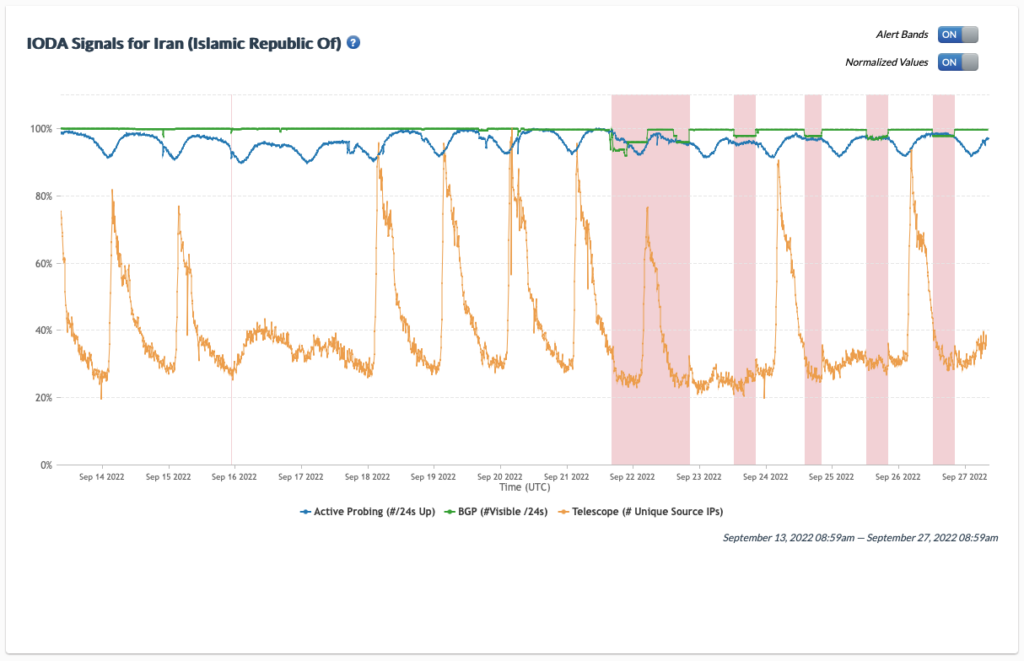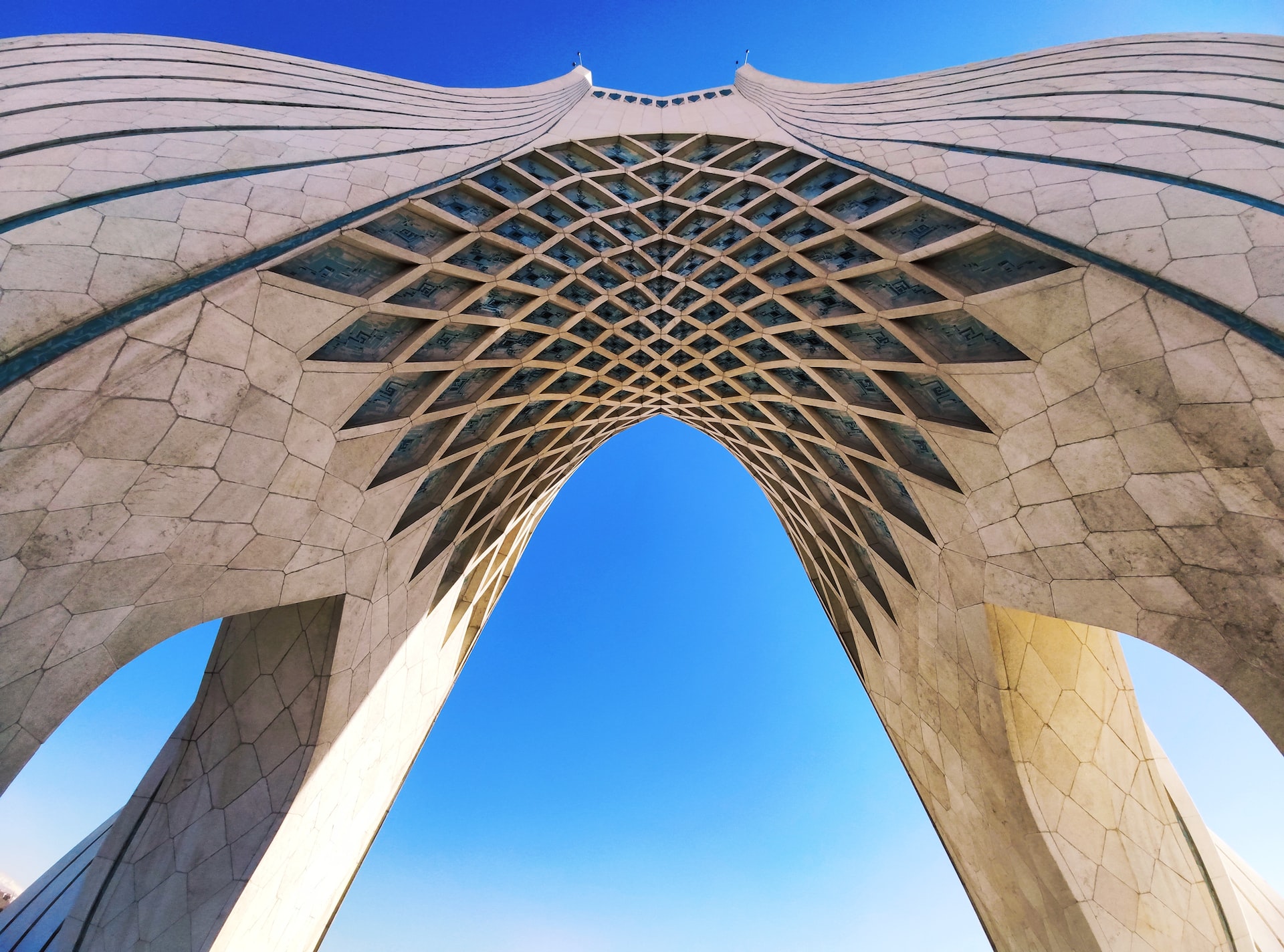Over the past couple of weeks, we have observed multiple incidents of artificial Internet limitations in Iran. These incidents are reported to be connected to local unrest. We collect data and analysis on Internet shutdown events occurring around the world and look at the economic and human impact of these actions.
Timeline
- Regional shutdowns
- On 19 September, officials shut down the Internet in the province of Kurdistan. The shutdown occurred amid protests over the widely publicized death of activist Mahsa Amini and lasted just over four hours. See more on our incident page on the Pulse Shutdowns tracker.
- On 30 September, a regional shutdown was observed in Sistan and Baluchistan. See more on our incident page on the Pulse Shutdowns tracker.
- Content blocking – ongoing
- Since 20 September, the Open Observatory of Network Interference (OONI) has recorded changes in disruption patterns measured through probes run by volunteers in the country. We are seeing increased blocking of DNS over HTTPS (DoH), which allows users to bypass ISP and government-controlled domain name services and avoid simple forms of blocking. Other services blocked include communication services including WhatsApp, LinkedIn, Skype, and Instagram. Access to the Google Play Store and Apple App Store was limited in an attempt to hinder people from downloading VPN apps. Reports also mentioned that access to various search engines was blocked. See more on our incident page on the Pulse Shutdowns tracker.
- Mobile disruption – ongoing
- From 21 September, wide-scale disruptions have been observed on mobile Internet providers’ networks with shutdowns occurring daily from noon to evening. Iranian officials have said they will continue restricting Internet access until protests cease. See more on our incident page on the Pulse shutdowns tracker.

Context
Iranians are no strangers to Internet shutdowns. Since 2009, there has been an increasing number of Internet shutdowns in Iran, ranging from local and regional events to a near-total national blackout in November 2019. During this particular event, the Iranian government shut down the Internet for a week across the entire country in response to anti-government protests, with connectivity to the outside world down to just 4-5%.
Over 80% of the Iranian population accesses the Internet via a mobile connection, with fixed-line access unavailable for most. Restricting access to the Internet for vast swathes of the population has a hugely detrimental effect on the economy and an individual’s ability to generate income, not to mention the societal implications of not being able to contact loved ones, or access information and critical services.
Further, research has found that information blackouts resulting from these shutdowns can actually result in increased violence. Violent tactics that are less reliant on effective communication and coordination are substituted for non-violent protests that are organized using Internet apps.
Internet shutdowns harm societies, economies, and the global Internet infrastructure. We urge governments and decision-makers everywhere to support policies that keep the Internet on, and strong, in order to build strong economies and give people an opportunity for a prosperous future.
We will continue to update these incident pages as more data becomes available.
Learn more:
- Iran’s Internet Shutdowns are Facilitated by Careful Attempts at Fragmentation of the Network
- Sanctions Can Deny Internet Access When People Need It Most


